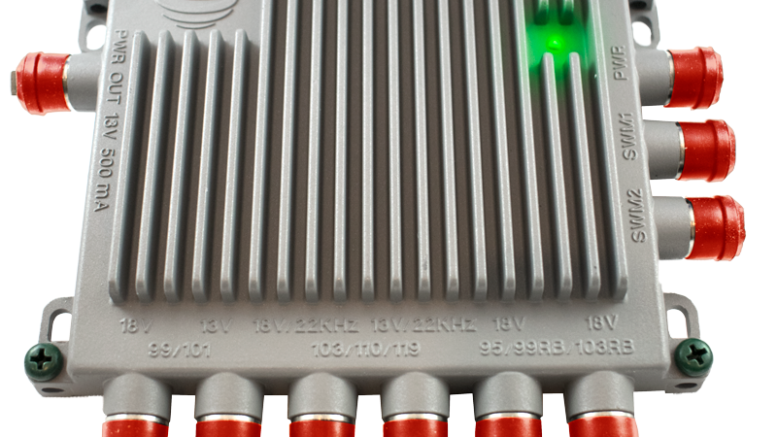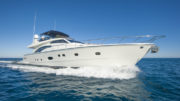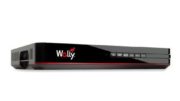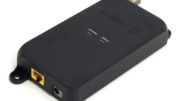First world problems, amirite? Not everyone has a home large enough to have 150 feet between rooms. On the other hand, some businesses like hotels and sports bars might find themselves with long runs like that. So, the question becomes, what can you do when you need to go further than that?
Let’s talk about that 150 foot limit
I generally recommend that cables be no longer than 150 feet between splitter and receiver. If this is a setup where you’re sharing programs, such as DIRECTV’s Genie system which is found in most homes, there’s a more important number. I recommend 200-250 total feet max between receiver and DVR. For example, 150 feet from splitter to receiver and 75 feet from splitter to DVR. When runs get longer than that, the experience suffers. It feels laggy when you press a button and sometimes you get random errors.
Now, those aren’t hard and fast limits. It’s not like you’ll be fine at 149 feet and completely knackered at 151 feet. It’s more of a sliding scale and it has a lot to do with the quality of your cabling, whether or not the connectors are perfect, and I’ll admit there’s some random chance to it. But, no matter what, it’s a guideline.
Option 1: Get 300 feet if you don’t share programs
If you’re not sharing programs between boxes, you can generally get 250-300 foot runs by doing two simple things. First, use the smallest possible splitter. Using a 2-way splitter instead of an 8-way splitter will give you 50-75 feet more range because there is so much less loss in a smaller splitter. Just know that you can’t fool mother nature. You can’t use a 2-way splitter and another 4-way splitter and expect to get any benefit.
The other thing you’ll need to do is put a band stop filter between the cable and the receiver. This will stop all network communication and make the whole thing more stable. However, it does also make Genie clients stop working altogether, so this option is limited to customers with traditional receivers.
Option 2: Get 400 feet if you use RG-11 cables and the high-powered SWM (with great caution)
The image at the top of this article is the high-powered SWM30-HP. Its unique construction and high-powered amplifier give it an edge on long runs. When combined with low-loss RG-11 cable, It’s possible to get 400 feet out of a SWM run. There are some things you need to know, though, and they’re important.
The first is that you’ll still need that band stop filter. Once again, that means the option is limited to conventional receivers, not Genies. The other is that if you use the SWM-30HP on a run shorter than about 125 feet, it will literally fry your receiver. So be very very careful if you choose this option.
Option 3: Use two dishes.
The best option is often the simplest. There’s nothing stopping you from putting up as many dishes as you need in order to place the receivers where you want them. It’s true that you won’t be able to share programs between receivers on different dishes, but as you can see from the options above, that is sort of off the table on long runs anyway.
Get what you need from Solid Signal
SolidSignal.com is your source for everything you need to live your best digital life! Get the best selection of satellite equipment plus tens of thousands of other hard-to-find parts, all at the best prices. Here’s the part you won’t believe– FREE tech support before, during, and after the sale. Solid Signal has trained experts who actually pick up the phone. Don’t believe me? Call 888-233-7563 to find out more. We’re here during East Coast business hours. If it’s after hours, fill out the form below. We’ll get right back to you!





